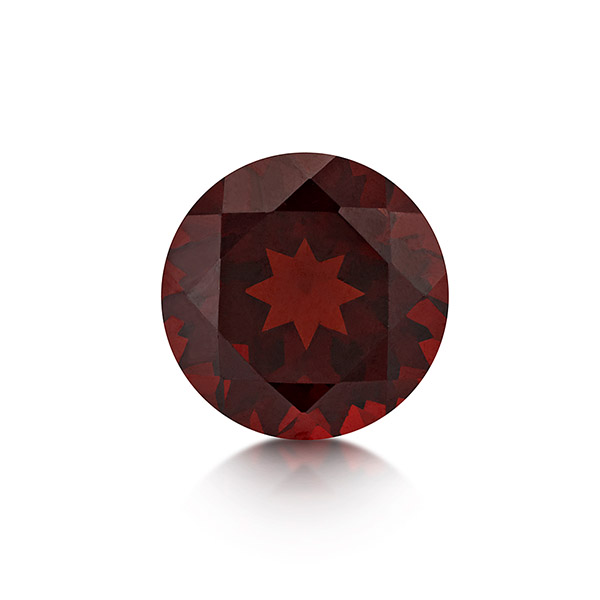
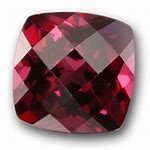
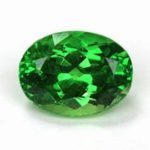
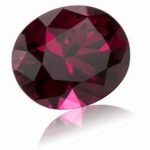
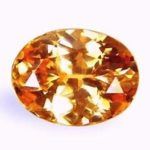
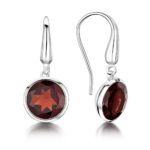
Garnet Key Facts
- 7-7.5 on the Mohs scale of hardness
- Generally a dark red stone but can come in many other colours
- Mined all over the world
- January’s birthstone
General Information on Garnet
The name an individual piece is given depends on the largest percentage of its composition, which will also generally determine its colour. Most have a Mohs hardness rating of 7-7.5, although because of their crystal formation they can be rather brittle.
Garnet is mainly symbolic of truth and constancy, but it has a host of attributes, including: repelling flying insects; protection against lightning; an antidote to plague and fever; warding off inflammatory diseases; helping the wearer to be firm and steadfast; guaranteeing cheerfulness if obtained lawfully; cursing those who have acquired it unlawfully; changing colour when danger approaches and perpetuating friendships.
Almandine is the most common garnet. It was named after Albanda (now Araphisar) in Turkey, where it has been cut for hundreds of years. It is generally quite a pinky stone and rutile needles are sometimes present, creating four-rayed stars when cut into cabochon.
Andradite is a type of garnet with several names depending on colour variation: yellow ones where the colour comes from titanium are called topazolite; yellowish-green or emerald green ones where the colour is from chromium are demantoid or Uralian emerald; black ones are melanite (their colour also comes from titanium and tend to be opaque.) There is also brownish-red, brownish-yellow and greyish-green.
Grossular garnet is generally green, and its name comes from the Latin grossularia meaning gooseberry. It can also be orange, as well as a whole range of other colours, although only one other is generally considered separately, which is hessonite. Grossular garnets are occasionally found in meteorites (perhaps this is where Superman’s weakness comes from, not kryptonite at all!) Known in this country and the USA as tsavorite, green garnets are called tsavolite in Europe and occasionally also known as South African or Transvaal jade
Hessonite is the reddish-brown variety of grossular garnet; the name apparently comes from a Greek word meaning inferior and refers to its inferior hardness to the other garnets. It’s often called the cinnamon stone but we tend to call it russet because of its colour, and is mostly found in Sri Lanka, but also in a the US, Mexico, Canada, Africa, Scotland and Italy.
Rhodolite could come from the Greek word rhodon, meaning rose, but other scholars compare the name to rhododendron. In either case, the name is comparing the colour to a beautiful, plumy pink flower. It is a combination of almandine and pyrope, and is believed to balance emotion and foster greater awareness.
Spessartine garnet is named Spessart in Bavaria, Germany. It is pale yellow when nearly pure, but varies through orange to deep red. Pure stones are quite rare, though; the redder colouration comes from the amount of almandine present. Gem quality spessartine is rare, and tends to be cut more for collectors than jewellery. The highest value spessartine is a deep orange colour.
Garnets exhibit the widest variety of colour changes in the gem world, with almost every hue exhibited. Until recently it has always been said that they come in every colour of the rainbow except blue, but although this is true in natural light, but there are recent discoveries of garnets that turn blue in artificial light. Colour change garnets are mostly pyrope and spessartite in composition. Their primary source is Africa. Idaho garnets, which are primarily almandine/pyrope mixtures, occasionally show a strong colour shift from red to purplish red.

